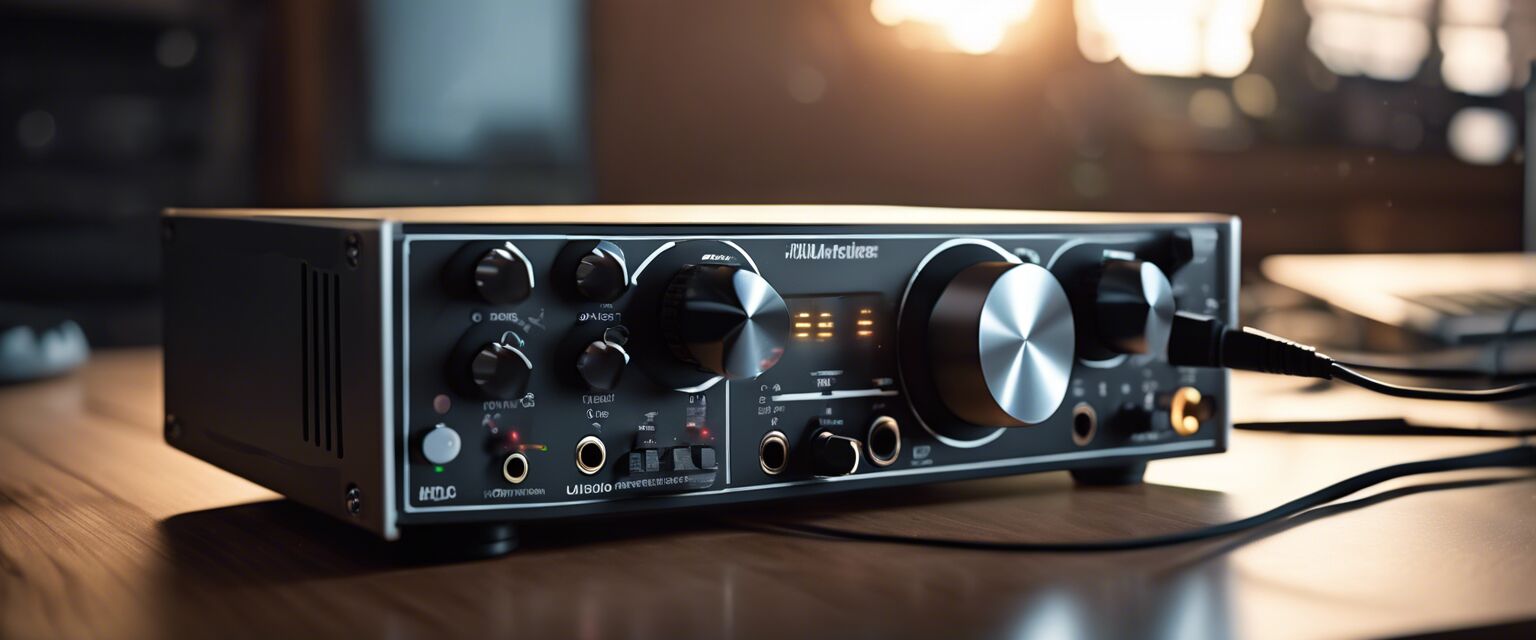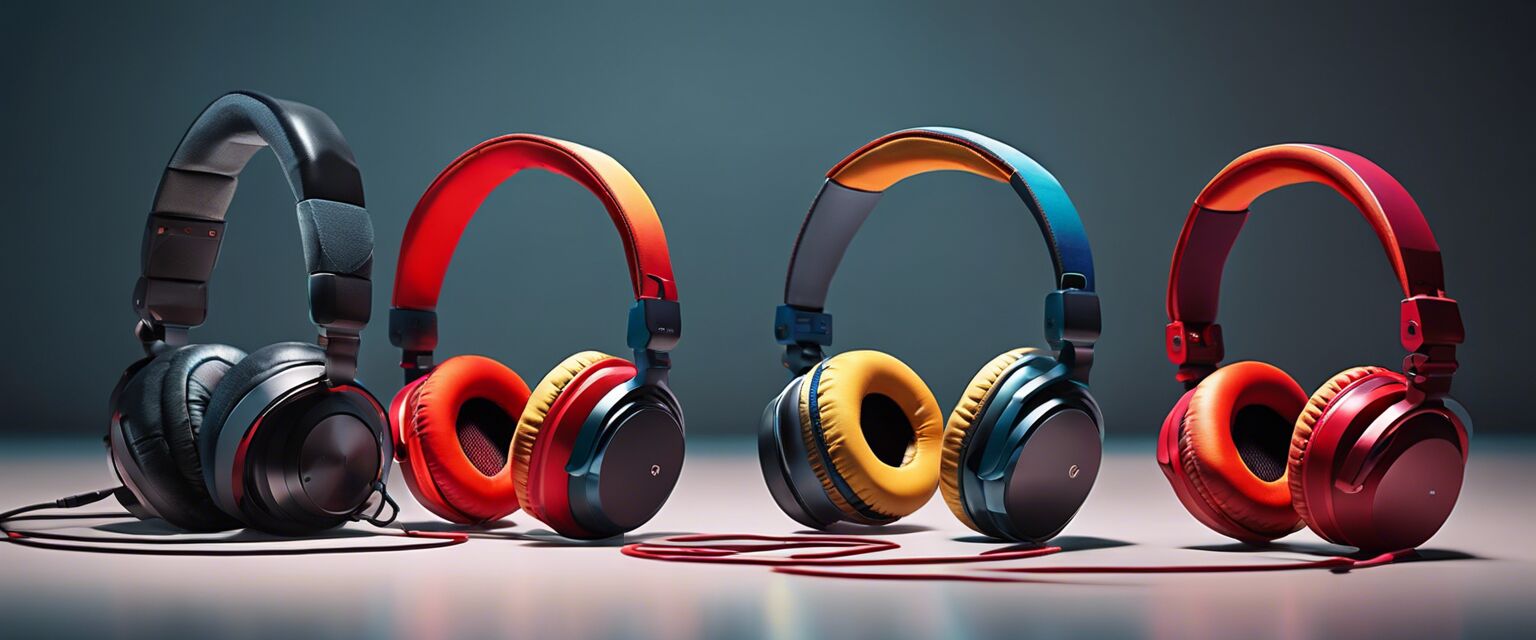
Podcasting Equipment
Key Takeaways
- Investing in quality equipment is crucial for producing high-quality podcasts.
- Microphones, headphones, and audio interfaces are essential components.
- Soundproofing materials can enhance audio quality significantly.
- Choosing the right mixing console can streamline your recording process.
- Studio monitors are important for accurate sound reproduction.
Creating high-quality podcasts requires more than just a good idea. The right equipment plays a critical role in ensuring that your voice is heard clearly and professionally. This article provides an overview of essential podcasting equipment, helping you make informed choices to elevate your podcasting game.
Essential Podcasting Equipment
Microphones
The microphone is arguably the most important piece of equipment for any podcaster. A good microphone ensures clear sound quality, which keeps your audience engaged.
| Microphone Type | Pros | Cons |
|---|---|---|
| Dynamic Microphones | Durable, great for loud sound sources | Less sensitive, may require higher volume levels |
| Condenser Microphones | Highly sensitive, excellent for vocal clarity | Fragile, typically more expensive |
| USB Microphones | Easy to use, plug-and-play functionality | Limited audio quality compared to XLR mics |

Headphones
Quality headphones are essential for monitoring your audio while recording and editing. They help ensure that you catch any issues in sound quality.
| Headphone Type | Pros | Cons |
|---|---|---|
| Closed-back Headphones | Excellent sound isolation | Can be uncomfortable for long sessions |
| Open-back Headphones | Natural sound quality, comfortable | Poor sound isolation, may leak sound |
Audio Interfaces
An audio interface is crucial for connecting your microphone to your computer. It converts analog signals into digital data.

Mixing Consoles
A mixing console allows you to control audio levels and apply effects in real-time. This is essential for creating a polished final product.
Soundproofing Materials
To capture the best audio, consider soundproofing your recording space. This minimizes unwanted noise and echoes.
| Soundproofing Material | Effectiveness | Cost |
|---|---|---|
| Acoustic Panels | High | Moderate |
| Foam Tiles | Moderate | Low |
| Soundproof Curtains | Low to Moderate | Moderate |
Studio Monitors
Studio monitors provide accurate sound reproduction, allowing you to mix your podcast effectively.
Pros
- High-quality sound
- Improved mixing accuracy
- Durable build quality
Cons
- Can be expensive
- Require proper placement for best results
Budget Considerations
When starting your podcasting journey, it's essential to balance quality with budget. Here are some tips:
Tips for Beginners
- Start with a good microphone; it's the most important investment.
- Look for budget-friendly but reliable audio interfaces.
- Consider buying used equipment to save money.
- Focus on soundproofing your recording space for better audio quality.
- Gradually upgrade your equipment as your podcast grows.
Conclusion
Investing in the right podcasting equipment is essential for creating high-quality content. By focusing on microphones, headphones, audio interfaces, mixing consoles, soundproofing materials, and studio monitors, you can elevate your podcasting experience. Remember that quality matters, and taking the time to choose the right tools will pay off in the long run.
Explore More
For more information on specific types of equipment, check out our detailed guides on:








